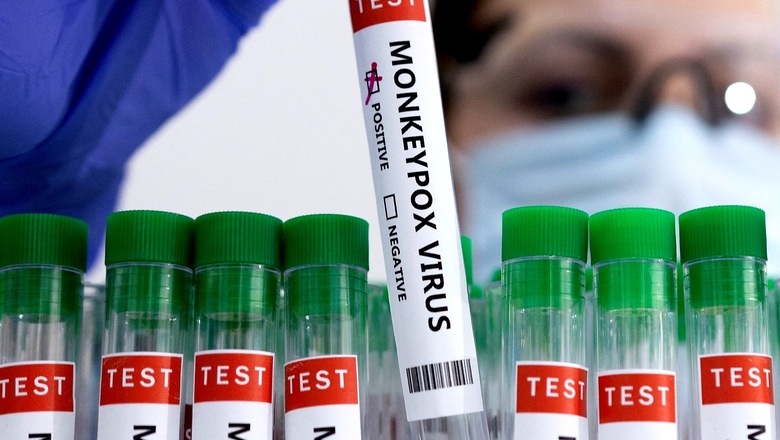
views
Days after the WHO issued an advisory recommending that gay and bisexual men limit their sexual partners, Indian health experts and LGBTQ activists have emphasised the fact that monkeypox can spread through any close physical contact and no particular community must be stigmatised.
Even though monkeypox hasn’t been labelled a sexually transmitted infection (STI), men who have sex with other men are the group that is at the highest risk of infection currently. According to WHO expert, Rosamund Lewis, about 99% of cases are among men, and at least 95% of those infected are men who have sex with men.
The virus outbreak has brought back painful memories of the HIV/AIDS epidemic in the 80s among members of the LGBTQ community when it was not only stigmatised but the outbreak was not treated seriously and action was taken too late, as per a report by AFP on Saturday.
“It happened in the community when there was pride month going on and there were more events in the community. It is just an episode of everyone going to a wedding and then getting Covid. So you need to look at them as victims and not perpetrators,” Indian equal rights activist Harish Iyer said as quoted by PTI. He added that the LGBTQ community already feels stigmatised and people who might have symptoms are scared to get tested for the virus now.
“Even AIDS was called a gay-related disorder because it was believed to spread in gays only. But even heterosexuals can have multiple partners.
“WHO has a precedent. They know what happened during the AIDS epidemic and their cautionary message could have been more clear. They could have been more careful with that. Why do they assume that heterosexuals don’t have multiple partners,” Iyer said.
There is a risk people will start distancing themselves from the community, further isolating members, said trans community health expert Anmol Singh. “Stigmatised thinking that we have more sexual partners or we are more into sex work than any other straight person will create more negativity,” said Singh, adding that healthcare workers needed to emphasis the fact that the virus can spread through any close physical contact, regardless of sexual orientation or race.
Dr Somesh Gupta, professor in the Department of Dermatology and Venereology at AIIMS, Delhi, noted that while the Covid-19 pandemic has pushed mainstream media to report on latest developments in healthcare more extensively, without the temperament of medical professionals, it could be weaponised for sensationalism.
“This is happening again, this time to monkeypox, a disease which is clearly transmitted not just sexually but also by close contact, including skin-to-skin and skin-to-cloth such as in a family living together or friends meeting for lunch,” Dr Gupta pointed.
“Unfortunately, it [monkeypox] is endemic in Africa, a continent largely ignored in regard to their knowledge. With the surge of new cases, it has started being identified in the homosexual and bisexual circles before others as it involves intimate skin-to-skin contact. But it has also been found in semen samples,” he added.
“If we aren’t careful, it would be the HIV-AIDS story repeated, a deja vu. Stigmatized and isolated, the patients would not report symptoms and seek treatment, leading to further transmission while the misinformed majority heterosexual population and even health departments mistakenly assume that they are not at risk,” Dr Gupta said.
Adding to this, Dr Satish Koul, Director, Internal Medicine, Fortis Memorial Research Institute, pointed out that stigmatisation can stoke cycles of fear, quickly disabling an evidence-based response, and drive people away from seeking medical services. This could further impede efforts to identify cases and control the outbreak.
“We should urge media outlets, governments, and communities to respond with a rights-based, evidence-based approach that avoids the stigma.
“Stigma and blame undermine trust and capacity to respond effectively during outbreaks like this one,” Dr Koul added.
“Instead of scapegoating or demonising entire communities as ‘spreaders’ or using the label of suspects, it is important to focus on accessible and affirmative ways to talk about how to protect oneself while being accurate about how the virus is transmitted,” said Raj Mariwala, Director, Mariwala Health Initiative. “Transmission primarily happens through close bodily contact, regardless of sexual orientation or gender. This is as relevant for any tight-knit social network and not just the LGBTQIA communities,” he added.
High-grade fever, sore throat, painful swellings in the groin, and rectal pain are some of the symptoms infected patients have experienced. As the infection progresses, fluid-filled blisters over the face, palms, soles and ulcers in the mouth and genitals have been observed, which remain infectious till the lesions dry and the crusts fall off as new skin forms underneath.
People who identify as transgender or who have gender differences may be more susceptible given the current monkeypox outbreak, said Dr Sumol Ratna, Assistant Professor, Noida International Institute of Medical Sciences. However, it is crucial to avoid stigmatising the LGBTQ community or Africans as “disease carriers”, he cautioned.
“Although we may be detecting clusters, particularly in some populations, viruses do not care about a person’s sexual orientation, religion, or race. Keep your distance from someone who is exhibiting symptoms,” he said.
Monkeypox symptoms exhibited by patients in the current outbreak are similar to those seen in smallpox infected patients in the past, although monkeypox is clinically less severe according to the WHO.
Early symptoms include a high fever, swollen lymph glands and a chickenpox-like rash, followed by fluid-filled lesions on the skin that are infectious until they dry and fall off.
The disease usually heals by itself after two to three weeks, sometimes taking a month.
(With PTI inputs)
Read all the Latest News and Breaking News here










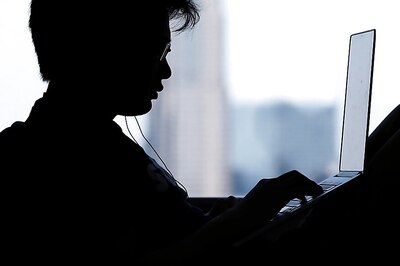
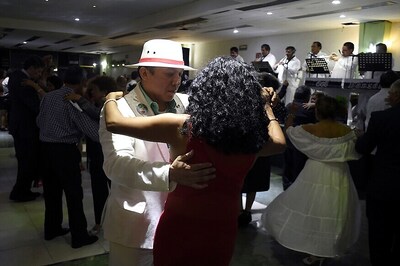



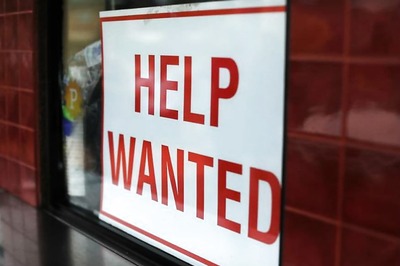


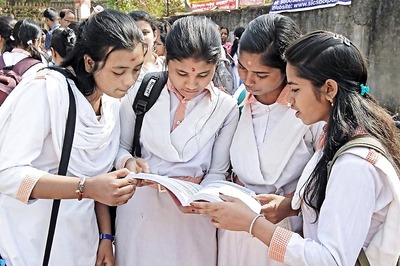

Comments
0 comment